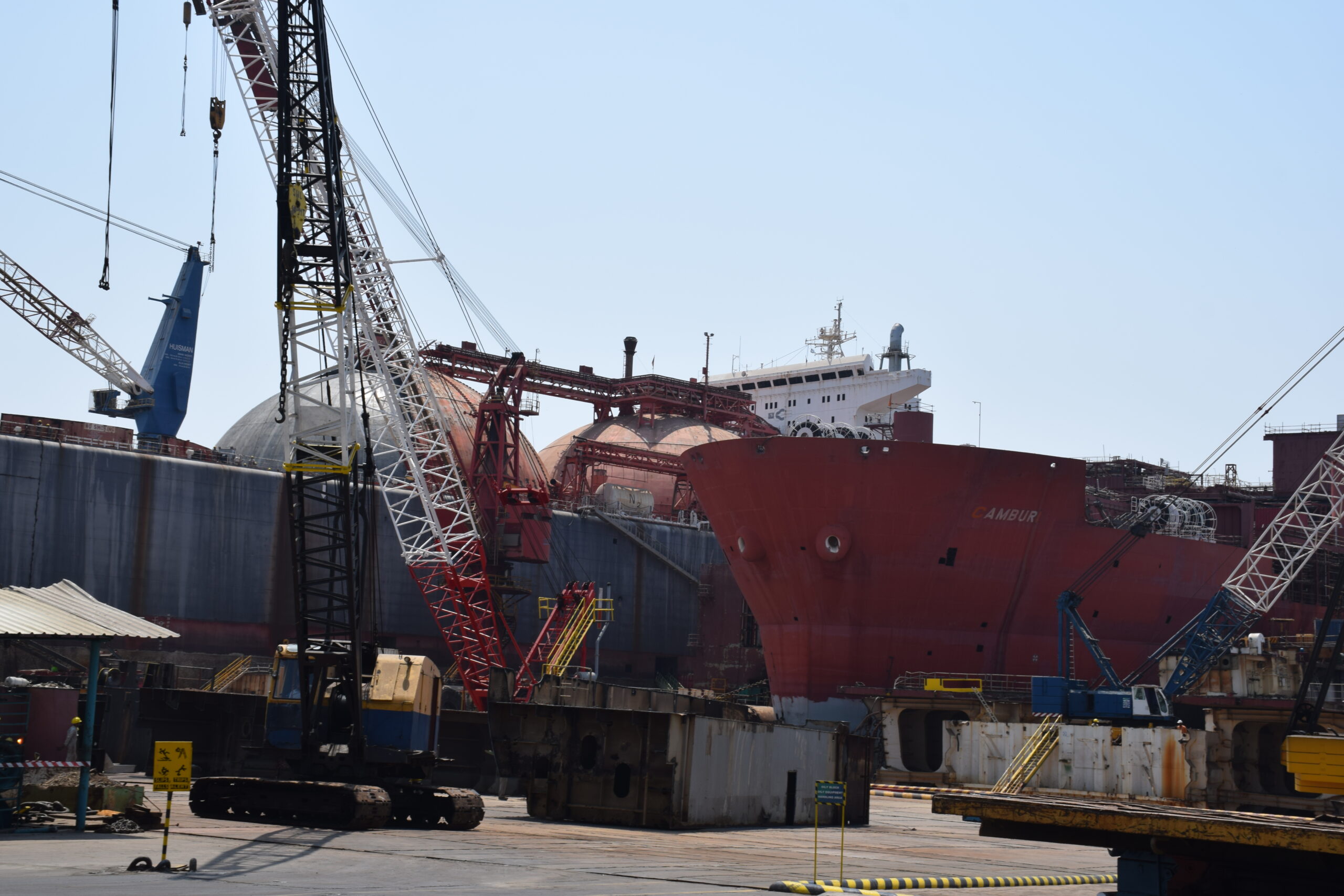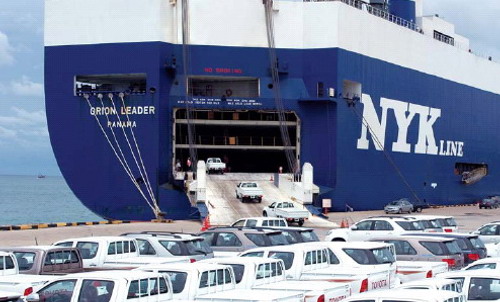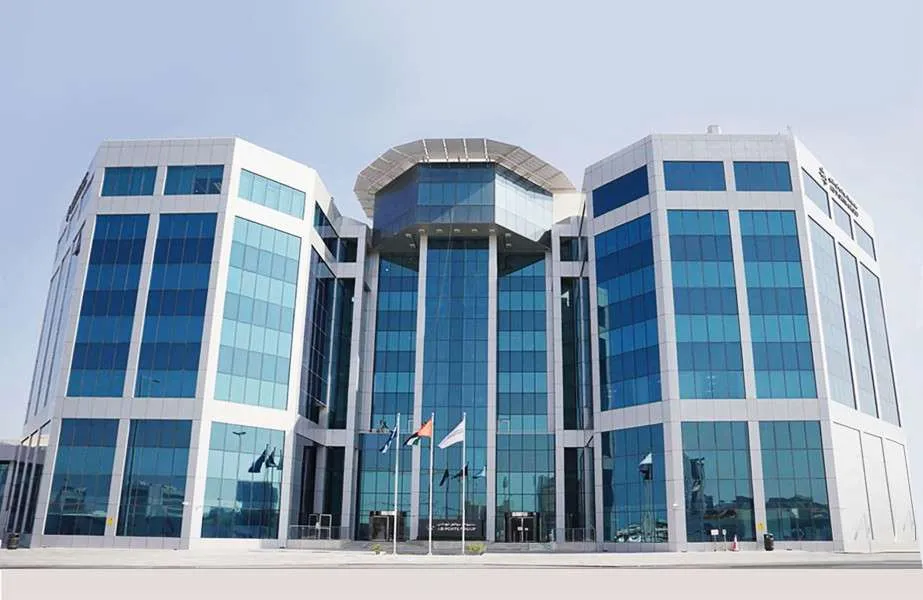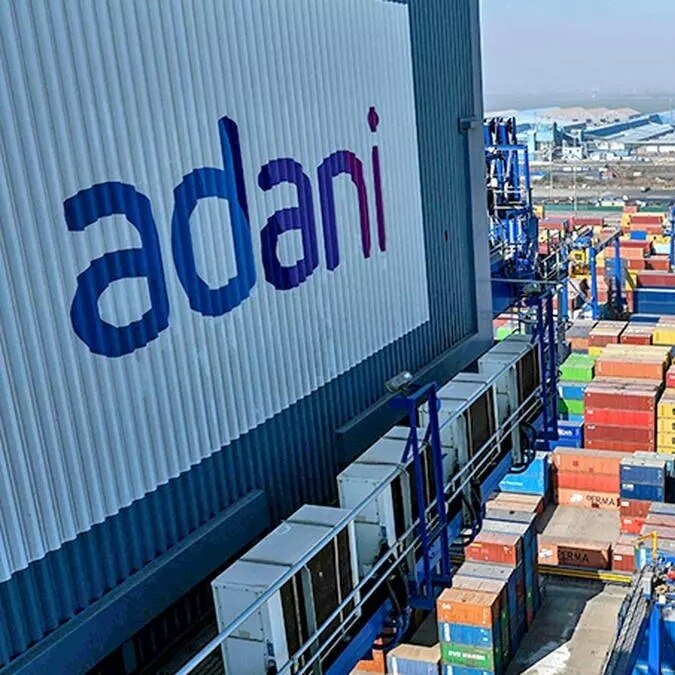Damaged Ship Carrying Explosive Cargo Stranded in the North Sea for Weeks
A potential disaster has been unfolding for weeks in the quiet waters of the North Sea. The Maltese-flagged Ruby, a damaged bulk carrier with 20,000 tonnes of ammonium nitrate on board, has become the latest maritime “timebomb,” a vessel laden with dangerous cargo, left stranded at sea, as no port dares to accept it. This cargo, more than seven times the amount that exploded in Beirut in 2020, has rendered the ship too risky for European ports to handle, leaving the vessel and its crew trapped in limbo.

The Journey of Ruby
The Ruby, a Handymax bulk carrier, began its fateful voyage on August 22, 2024, departing from the Russian port of Kandalaksha, located near the Arctic Circle. Its cargo, 20,000 tonnes of ammonium nitrate, was intended for fertiliser production, a crucial component in agriculture, but also infamously known for its role in manufacturing explosives. The compound’s dual nature makes it both vital and hazardous, requiring utmost caution when transported in such large quantities.
After setting off, the Ruby encountered severe weather conditions as it crossed the Barents Sea, a turbulent northern passage. The storm left the vessel damaged and in need of repairs. Seeking refuge, the Ruby limped into the Norwegian port of Tromsø, where authorities inspected the ship. However, concerns over the cargo and the vessel’s condition led Norwegian authorities to order the ship to leave, requiring it to head south for repairs at another port. The next phase of the journey would prove to be far more complex than anyone expected.
A Floating Dilemma
As the Ruby journeyed south, the ship attempted to dock at a Lithuanian port. However, Lithuanian authorities quickly rejected the ship’s entry, citing the need for the cargo to be offloaded first due to its volatility. This decision set the tone for the ship’s prolonged isolation, as no European port seemed willing to take on the risk of handling such a large amount of ammonium nitrate, especially given its reputation as a combustion agent that could trigger catastrophic explosions under the right conditions.
Since September 25, the Ruby has been anchored near the Dover Strait, one of the world’s busiest shipping lanes, off the southeastern coast of England. Despite its proximity to the bustling waters of global trade, the vessel has remained stranded, its hazardous cargo an ominous reminder of past maritime disasters.
British coastguards have assured the public that the Ruby is seaworthy and possesses the necessary safety certifications. They stress that the ship could make its way to a port if one would accept it. Nevertheless, the Ruby remains stuck, with its mainly Syrian crew still aboard, awaiting a resolution that seems increasingly elusive.
Explosive Cargo and the Shadow of Beirut
The primary reason for the reluctance of European ports to accept the Ruby is the nature of its cargo—ammonium nitrate. This chemical compound, while commonly used in fertilisers, is also an oxidising agent that can fuel fires. In 2020, a massive explosion in Beirut’s port, caused by just 2,750 tonnes of ammonium nitrate, killed over 200 people, injured thousands, and devastated large parts of the city. The Ruby carries over 20,000 tonnes, a figure that inevitably stirs concern.
Eric Slominski, an expert in shipping hazardous goods, acknowledges the anxiety surrounding the situation but believes it can be managed safely. He notes that the ammonium nitrate aboard the Ruby was destined for fertiliser production, unlike the Beirut shipment, which was specifically intended for explosives. However, the psychological impact of such an incident still lingers in the minds of port authorities and local populations, making the ship’s cargo seem far more dangerous than it may actually be.
Nicolas Tanic, from the French marine pollution organisation Cedre, echoed Slominski’s sentiment, stating that while the cargo isn’t something to be taken lightly, it isn’t explosive on its own. “It’s a combustion agent for fueling fires,” he said. Nevertheless, Tanic noted that the Russian origins of the shipment and the haunting memories of the Beirut disaster have sparked alarm and media attention, adding to the complexity of the Ruby’s predicament.
European Maritime Safety and Reluctant Ports
Ruby’s situation is not unprecedented. European ports have become increasingly cautious in recent years when it comes to vessels carrying dangerous goods, especially after maritime disasters like the Erika oil spill in 1999. The Erika, a tanker carrying heavy fuel oil, broke apart off the coast of France, spilling 20,000 tonnes of oil into the sea, polluting 400 kilometres of coastline, and killing hundreds of thousands of seabirds. In the wake of that disaster, the European Union tightened maritime safety regulations, requiring member states to provide refuge for distressed ships. However, the enforcement of these rules remains subject to interpretation, leaving room for ports to refuse entry under certain circumstances.
Laurent Martens, managing director of the French Shipowners’ association, pointed out the risks ports face when accepting damaged ships. “If a vessel gets grounded in your channel, it shuts your port. If it grounds at one of your docks, the dock’s unusable for a couple of months. It’s a big risk to accept a vessel in difficulty,” he explained. The cost of unloading a dangerous cargo like ammonium nitrate can also be prohibitively high, running into the hundreds of thousands of euros, further dissuading ports from taking on such a vessel.
Past incidents, like the 2012 refusal of France to allow the MSC Flaminia access after a fire on board left it adrift with 151 containers of dangerous goods, show that port authorities are often wary of such situations. The MSC Flaminia was eventually towed to Germany after being denied refuge for a month. Similarly, in 2015, Germany provided shelter to the Purple Beach, a ship that caught fire while carrying 5,000 tonnes of fertiliser. However, even in that case, the ship remained in German waters for nearly two years while authorities found a way to safely dispose of the fertiliser.
The Way Forward
As the Ruby continues to languish off the coast of England, its future remains uncertain. The vessel’s managers, based in Dubai, have expressed hope that a solution can be found, ideally in the UK, where the cargo could be offloaded and the ship repaired in a dry dock. However, the logistical challenges involved in finding a suitable port willing to accept the potentially hazardous load continue to delay any action.
For now, the Ruby remains a symbol of the complexities of modern maritime transport, where the risks of handling dangerous cargoes are weighed against the economic and environmental dangers of leaving such vessels stranded. As the clock ticks, the world watches closely, hoping that this floating “timebomb” is defused without incident.
Author: shipping inbox
shipping and maritime related web portal








